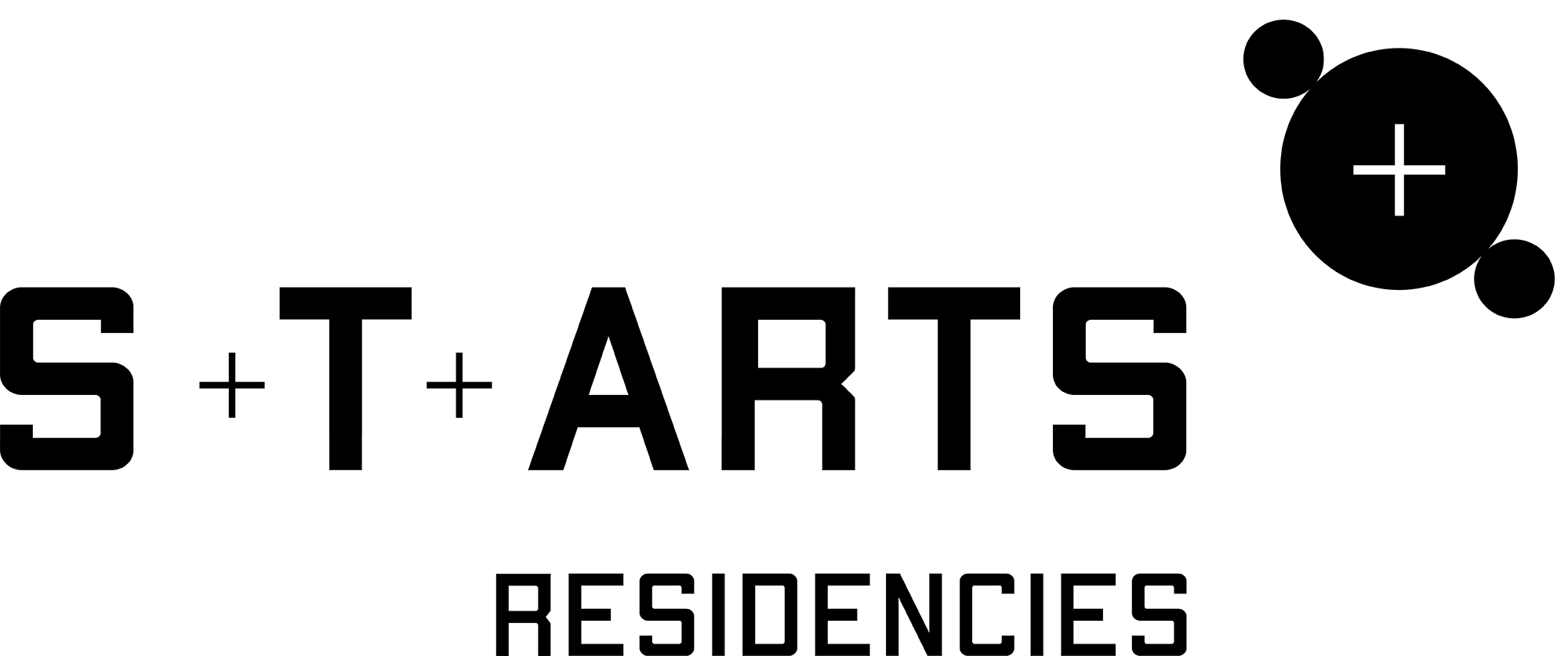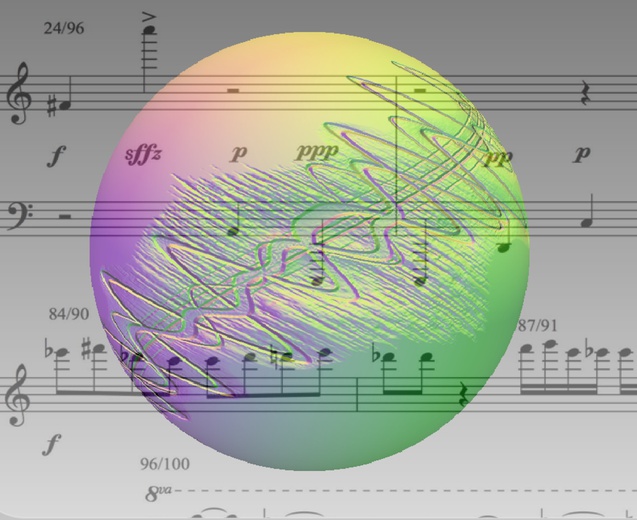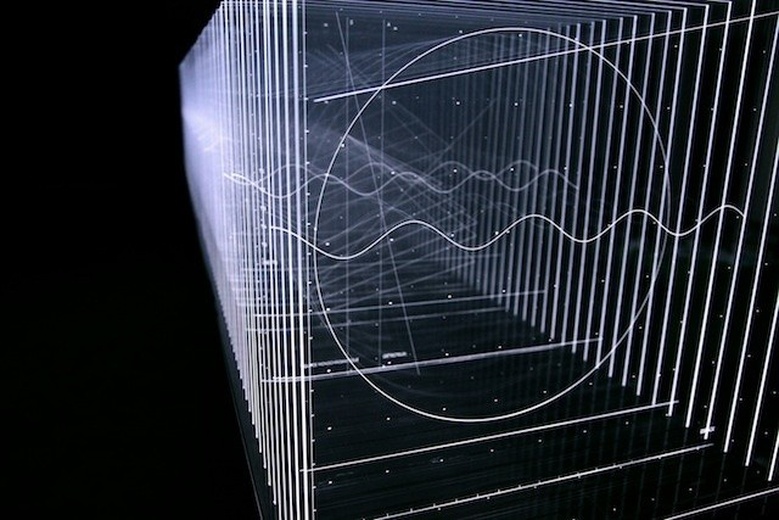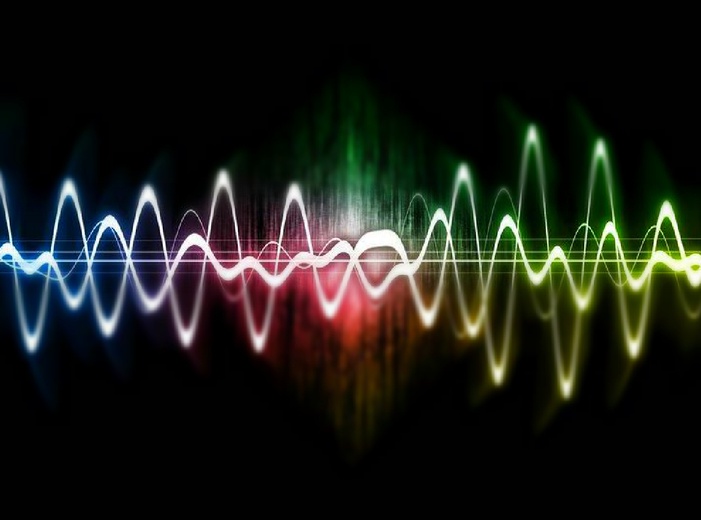Tech Project
Description of the challenges faced by the Tech Project
The project aims to create, record and perform musical compositions involving data of variable astronomical and planetary phenomena (e.g. thermal light curves of a sample of celestial bodies, pulsation of stars, tectonic activity of Mars, etc.) with physical and logical fidelity. Scientific data will be provided to the artist: e.g. light curves of a sample of celestial bodies, pulsation of stars, tectonic activity of Mars, etc. This consists of high level processed observational data of planetary and astronomical missions obtained with their instruments. This input constitutes a challenging and innovative support for an artwork. It also raises challenges in the way of underlying and communicating science, in creating a new basis for musical and visual composition, in stimulating the perception in scientific reasoning helping to find new points of view, and in data exploring in complex datasets. The main challenges to the artist is to explore ways to which the scientific datasets and their information can be perceived or captured, interpreted, represented, mapped, manipulated, visualized, interacted and communicated, resembling the characteristic variations of the phenomena (e.g. by converting the datasets into auditory display and writing musical material via computer programs and coding, and paired it with visual displays using visual software interfaces). In that way, acoustic data presentation will be rendered which enables humans to draw conclusions about data properties like trends or other distributional patterns by listening to the sound, and it will be developed an esthetically interesting data exploration procedure. Data to be provided typically consists of 2-column tables with the scientific variables of interest, or multivariate time-series datasets, which is especially ideal to explore elements of auditory display and sonification design.
Brief description of technology
High level pipelined/processed observational data from planetary and astronomical space missions, which scientists at the Max Planck Institute for Solar System Research (MPS) are team members and experts, will be made available to the artist. Example of this data is: (1) observations of Trans-Neptunian Objects (TNOs) obtained with the Herschel Space Observatory and its instruments: thermal light curves of a sample of TNOs, physical characteristics like sizes, light intensities or thermal fluxes, etc. Herschel was carrying a 3.5 meters diameter telescope and was the only space observatory to cover a spectral range from the far infrared to sub-millimetre wavelengths. (2) Data of detected flickers of light caused by starquakes or pulsations in stars obtained by the asteroseismology technique and sound reconstruction. (3) Martian seismology data to be obtained with the Mars lander “Interior Exploration using Seismic Investigations, Geodesy and Heat Transport” (InSight) and its seismometer SEIS which measures the vibrations caused by the internal activity of Mars. InSight is the first outer space robotic explorer to study in-depth the "inner space" of Mars. (4) Data is not limited to the ones mentioned above, additional variable data of interest will be also considered during the artist residence period.
What the project is looking to gain from the collaboration and what kind of artist would be suitable
With “Moving Universe“ we propose to (1) analyze and use recent acquired scientific data of variable astronomical phenomena to create artwork by evaluating qualitative patters to explore, offer and exploit innovative ways to underlaying and communicating physical properties, processes or relations, and (2) use science and technology to create and develop artistic expressions and styles. We propose to create, develop and perform a multimedia composition/interpretation consisting in a set of musical pieces written using scientific/astronomical data of variable astronomical phenomena and visualization of the sounds to communicate astrophysical/planetary content and phenomena. It will be performed in events (concerts, festivals, installations). Furthermore, we propose to engage scientists on different perspectives and approaches on phenomena of study and allow intuition and creativity. We plan to elaborate a CD with the music, document the phases of the project and disseminate it by producing papers or manuscripts in journals, presenting the project in workshops, elaborating videos, a web page and making visibility on the social media. For the proposed project, a composer/guitarist would be suitable, with experience (or wishes to gain experience) in interactive electronics, improvisation, and compositional integration of spatial acoustics. The artist may be familiar with software code. It is desirable that the artist will lead an ensemble of musicians and has experience in organizing CD recordings, live performances and marketing.
Resources available to the artist
The residence will be hosted at the Max Planck Institute for Solar System Research (MPS), Germany. It will be provided to the artist office facility during his/her visits, a computer with internet connection, consumables, periods of availability for artistic production, access to related public data sets and staff scientists and students to mutual direct discussions of astronomical phenomena and results, library access, computer center service, etc.




